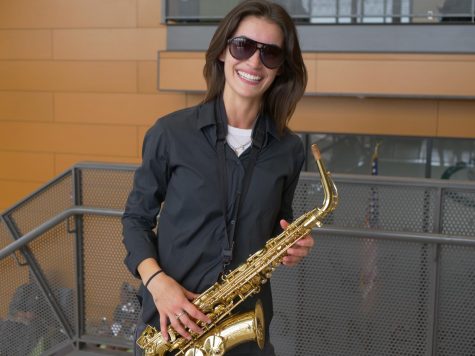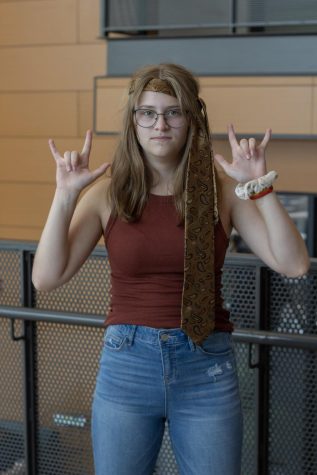New Spanish immersion program aims to build cultural proficiency
Edina’s new Spanish immersion program marks a district-wide effort to incorporate multilingual studies
January 23, 2022
Edina will expand its magnet programming and language immersion in the fall of 2022 with a new Spanish immersion program at Countryside Elementary. The program will initially fill two sections of kindergarten students and expand each subsequent year into the upper grades. The two sections, consisting of up to 48 students, will be located at the Edina Community Center for the program’s pilot year as Countryside undergoes construction to accommodate the program by summer 2023.
As opposed to Normandale’s one-way French program, the Spanish model will incorporate English Language Learners (ELLs) who are fluent in Spanish, as well as native English speakers. Edina Assistant Superintendent Randy Smasal explained that the program’s goal is to combine native Spanish and English-speaking students in a 50-50 ratio, following the increasingly popular two-way model. “The idea is that the students are benefiting from each other in learning the two languages. Some are bringing some of the culture and some of the assets of Spanish into the classroom and then others are bringing the assets of knowing English better into the classroom,” Smasal said.
Physical space was an important factor in selecting Countryside as the program’s launch site, despite higher enrollment rates of native Spanish-speaking students at Cornelia and Creek Valley. Long-term projections indicated increasing residential enrollment at the latter two schools, allowing less room for the program to grow at either school. In contrast, Countryside demonstrated more stable enrollment rates. Additionally, Countryside’s significant open-enrolled population—consisting of nearly a third of the student body—could be more easily transferred to other elementary schools in order to accommodate the immersion program as it expands into higher grades.
An elementary Spanish immersion program was initially recommended in 2015, jointly proposed with increased STEM/STEAM programming. In Feb. 2021, Language and STEM studies were approved by the School Board. A design team was created in Aug. 2021, consisting of ten educators experienced with language immersion including Ulises Rodriguez, the district Multilingual English Learner Coordinator. The committee collected community input and conducted focus groups to gauge support for the program. “We’ve been having this conversation for a long time,” Rodriguez said. “The community has spoken…overwhelmingly, people said yes, they want immersion.”
While research demonstrated that Spanish immersion is widely supported in Edina, Rodriguez described how some community members voiced concerns that the program’s schedule was rushed or worried that Spanish immersion may affect more traditional magnet programs. He went on to explain that COVID-19 delayed the program’s timeline. “The School Board…felt confident that this was the right time to start it…[they] have been very firm that it’s not going to replace other programs. It’s all based on demand,” he said.
With the School Board’s green light, Countryside has hosted multiple events for residential and immersion families to provide background information on the program. The district’s Latino cultural liaison, Blanca Diaz de Leon, has served as primary contact to the district’s Hispanic families and assisted with presenting informational meetings in both English and Spanish.
A major academic focus for the immersion program will be reducing opportunity and achievement gaps, in addition to building future-ready skills. As the two-way immersion model gains popularity in school districts nationwide, Edina hopes to expand its program diversity and students’ cultural competency. “Our Latino-Latina families were super excited to hear about the school district bringing in a program that honors their culture and language, and that feels really good to be able to better meet the needs of families across the district,” Smasal said.
This piece was originally published in Zephyrus’ recent print edition on Jan. 13.



